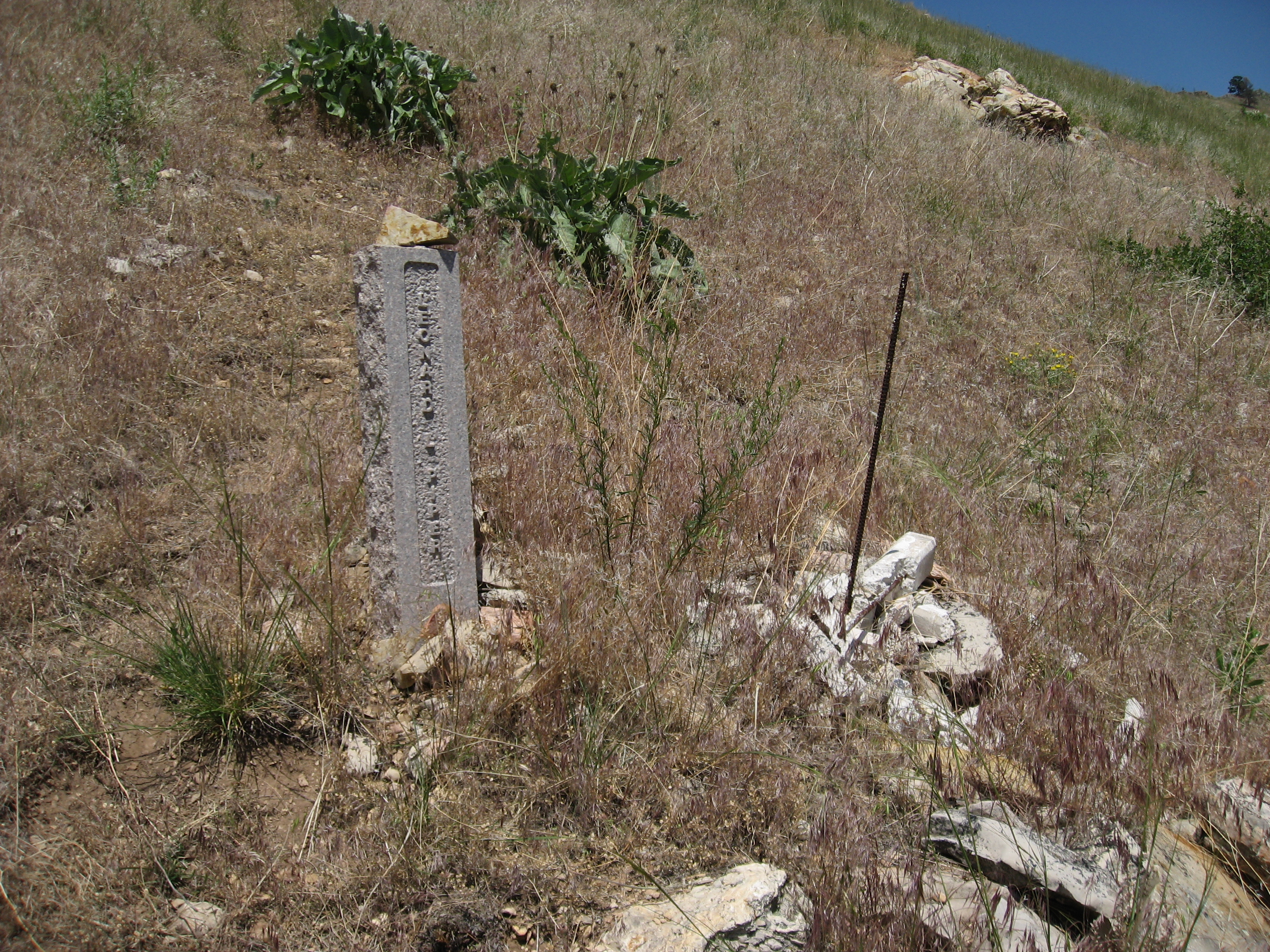Further Reflections on Mann Gulch
As the Lewis and Clark expedition made its way through the beautiful, rugged area he would name "the gates of the rocky mountains," Meriwether Lewis recorded in his journal on July 19, 1805: "this evening we entered much the most remarkable clifts that we have yet seen. these clifts rise from the waters edge on either side perpendicularly to the hight of 1200 feet." The rain storm, complete with hail and lightning, that had struck earlier at 1 pm could explain his description of the area: "every object here wears a dark and gloomy aspect." While it's easy to read foreshadowing into that quote, the "dark and gloomy aspect" we today associate with the Gates of the Mountains was also caused by lightning.
The call came in on the morning of August 5, 1949, from a fire lookout 30 miles away. A lightning storm the day before had rolled through and started a fire. The lookout reported smoke coming from the Gates of the Mountains wilderness area. At 12:30, a spotter plane flew over Mann Gulch and confirmed the fire. With most of the local firefighters tied up with two other fires, smokejumpers from Missoula were dispatched. By 3:10, 16 men (15 smokejumpers and 1 fire watch guard who had hiked in to help) were on the ground gathering up equipment and preparing to fight the fire in what they expected to be a routine job. Less than 3 hours later, 11 men were dead and two were dying from severe burns. In many ways, the suffering was just beginning.
Had it been a routine job, I wouldn't be writing about the Mann Gulch fire today: those 13 men killed wouldn't have passed into Forest Service and smokejumper lore; few if any would have heard of writer Norman Maclean, whose meditation on the deaths of the young men trapped by the fire still moves people from around the world to visit Mann Gulch and see where "the four horsemen" and the others fell that day. The friends and families of the dead would not still be mourning.
More than 60 years after the fire, LG Walker, a retired doctor from Charlotte, North Carolina, was on the boat tour of the Gates of the Mountains. Where the tour boat docks in Meriwether Canyon now stands two memorials to the men of Mann Gulch. Here Walker learned that Silas Raymond Thompson Jr.—a Charlotte native—was among those killed. He had never met Thompson. After sharing this bit of news with his friend Dan Morrill back home, the two started investigating how a young man from Charlotte had met his death in Montana. They were intrigued by how all these years later, Raymond's friends and family (nobody who knew him called him "Silas") were still haunted by his death. His death devastated his parents and still affects his sister's life. Walker and Morrill soon realized that a tragedy fire has many dimensions, and set about making a documentary film in order to better understand the impact and legacy of the life of Silas Raymond Thompson. While other documentary films on Mann Gulch focus on the event and its impact on the Forest Service, "Death at Mann Gulch" attempts to capture how it affected one man's community.
Of course, Charlotte was not the only community affected by what happened in Mann Gulch. In a small town in central Pennsylvania, the family of smokejumper Leonard Piper has also done its part to preserve that young man's memory. His personal papers were recently donated to the local historical society (photocopies of them are now here at FHS). Though Leonard was buried in nearby Stahlstown, descendents of the Piper family gather every year in Pine Ridge Park outside of Blairsville, Pennsylvania, where he grew up, "for a family reunion and to remember a fallen hero, Leonard Piper." The impact of his death is such that his story and a mention of the family reunion has a 3-page spread in "The Insider's Guide to Indiana County Parks & Trails," where that quote comes from. Mind you, there's no memorial marker in the park. But Leonard Piper's death still resonates enough in this town to warrant such a gesture. And these are the two families I know about.

Leonard Piper's marker. This photo also appears in the Indiana County parks and trails guide.
What is it about Mann Gulch that continues to hold or capture the attention of so many? Our "This Day in History" blog post on what happened in Mann Gulch is our most viewed post; my initial post from three years ago sharing my impressions after visiting Mann Gulch ranks third and is one of our most commented upon posts. Certainly Maclean's Young Men and Fire is a major contributor to the continued interest. Tragedy has its own attractiveness; witness the continuing fascination with sinking of the Titanic 100 years later. Yet few tragedies hold our attention like that of Mann Gulch. It is understandable why it might for the families of those who died. But I suspect that after those who knew the men killed are gone, the Mann Gulch Fire will continue to cast a spell. For me, the pull is personal: I've visited the site twice; I participated in the making of the film "Death at Mann Gulch" and contributed the photo of Piper's marker above to the county's guide; and I interviewed William "Bud" Moore, who was with crew chief Wag Dodge when he died and was consulted by Maclean when he was writing his beautiful elegiacal work. I could speculate about why it holds the attention of others, but I want to hear your thoughts on this. Why are you interested in Mann Gulch? Do you know of other families that continue to honor their loved ones like Leonard Piper's does? If so, how do they do it?


